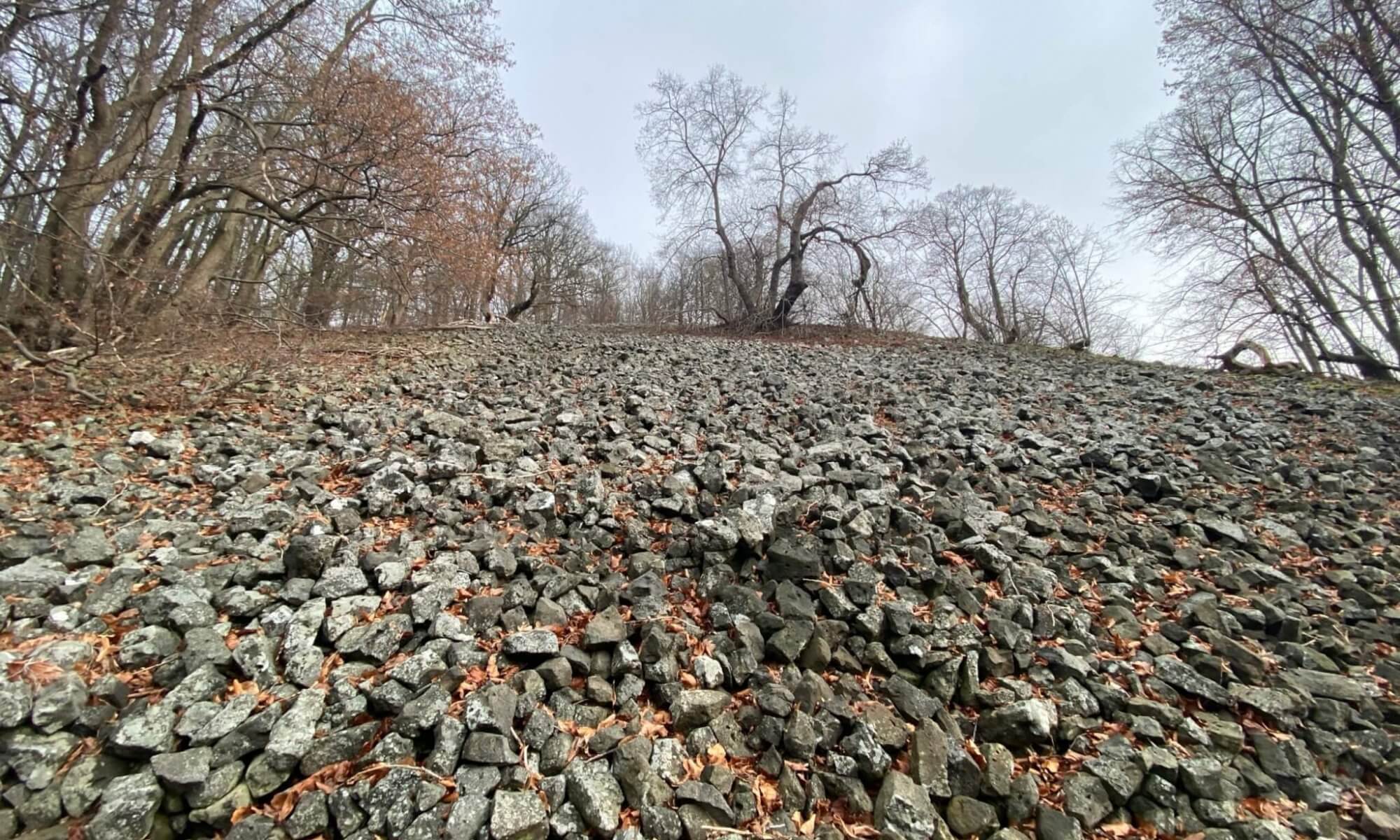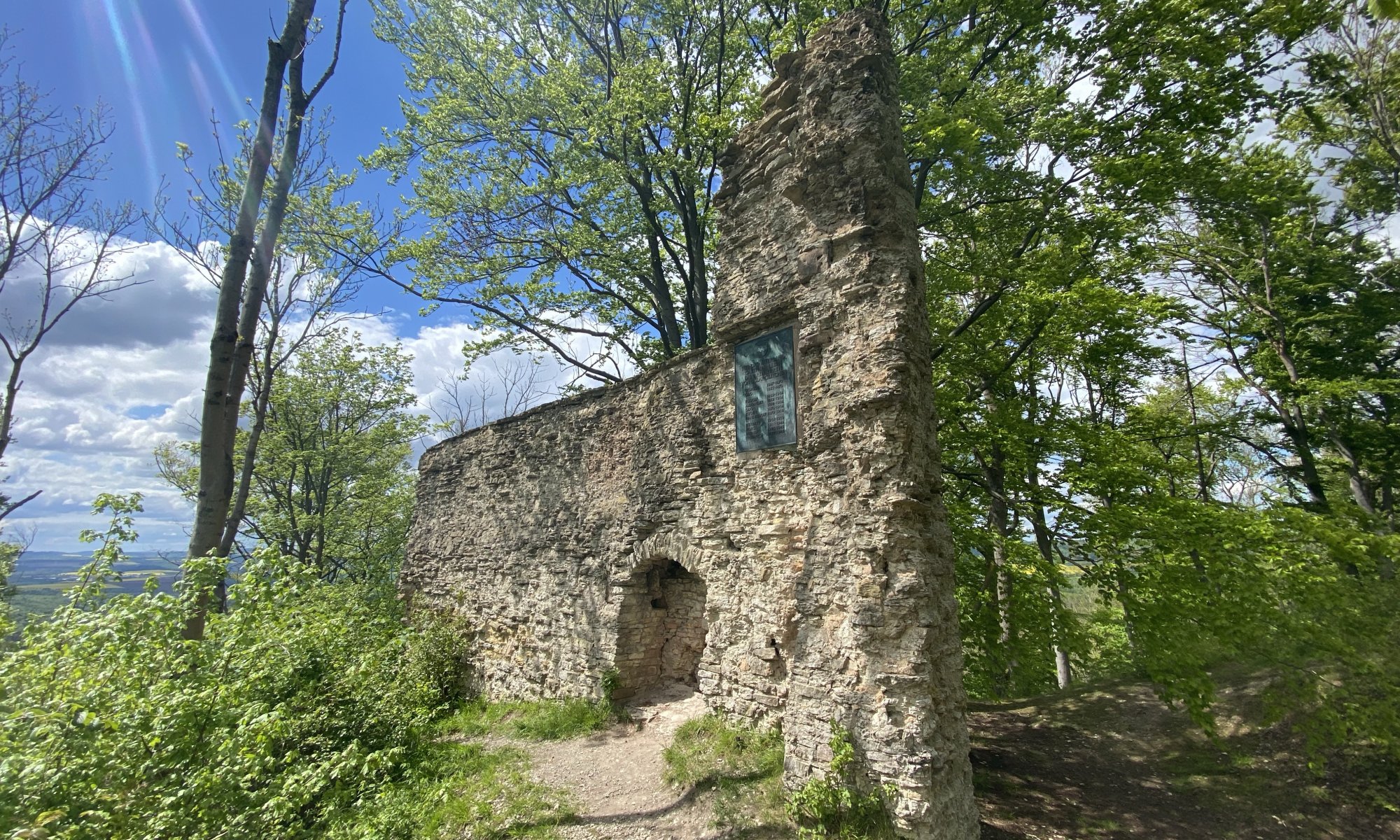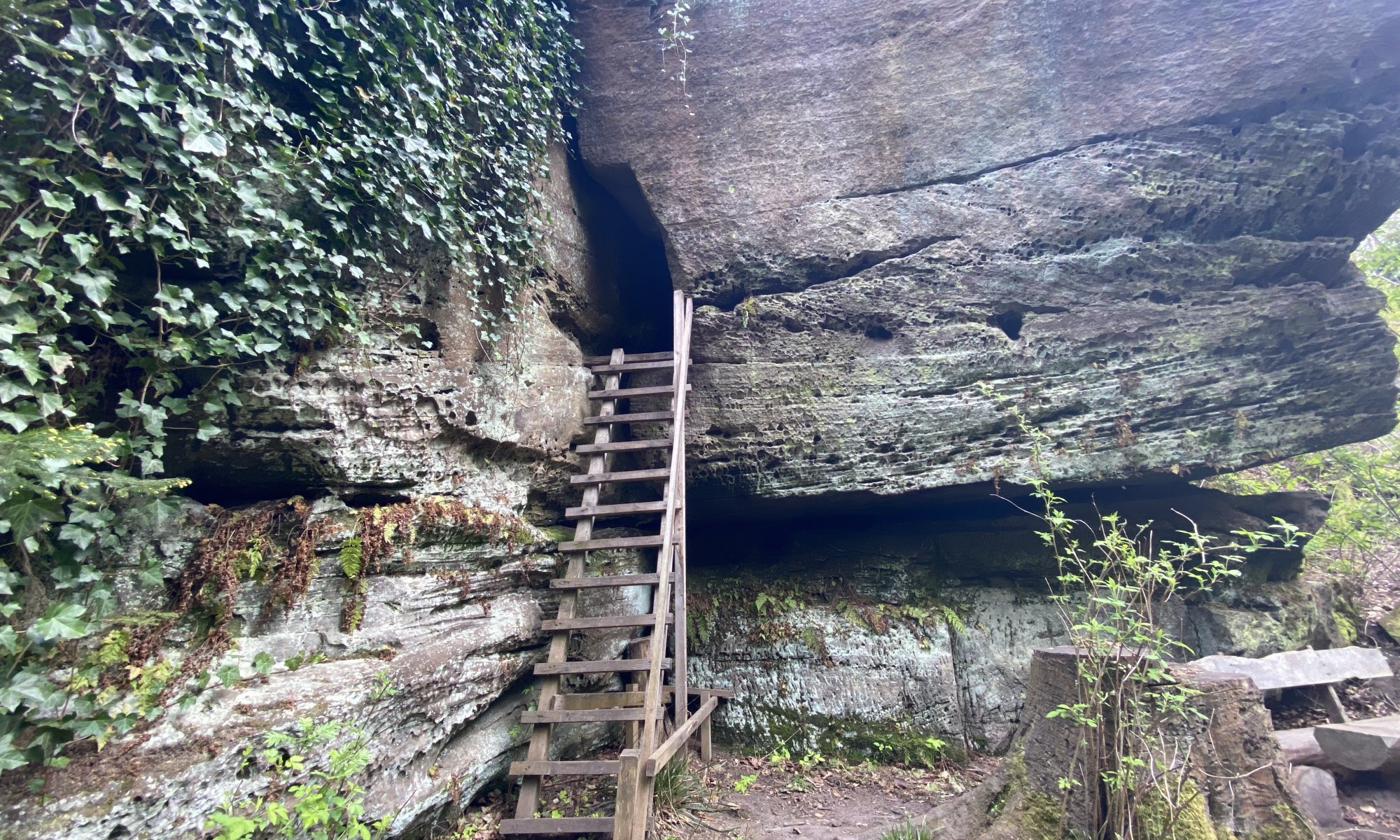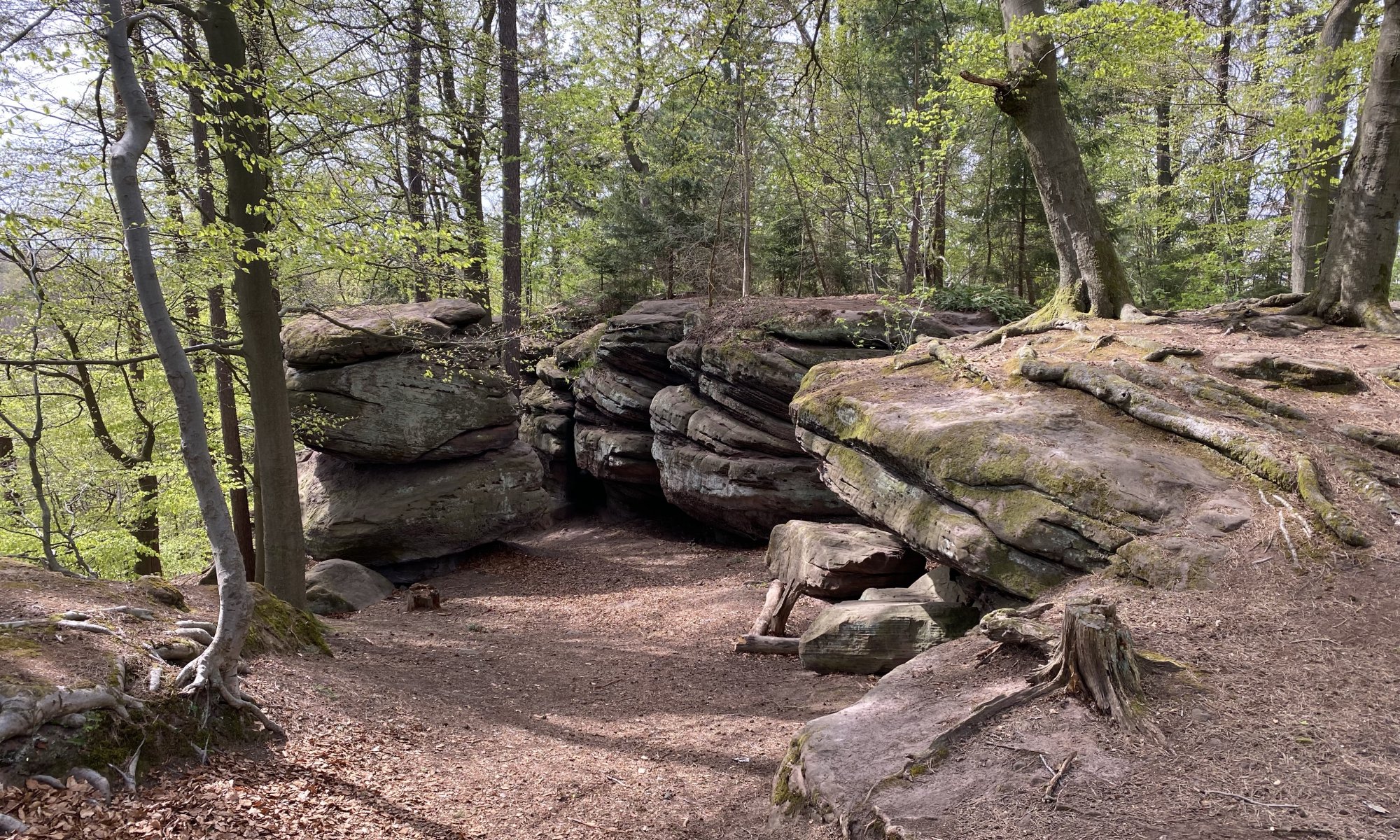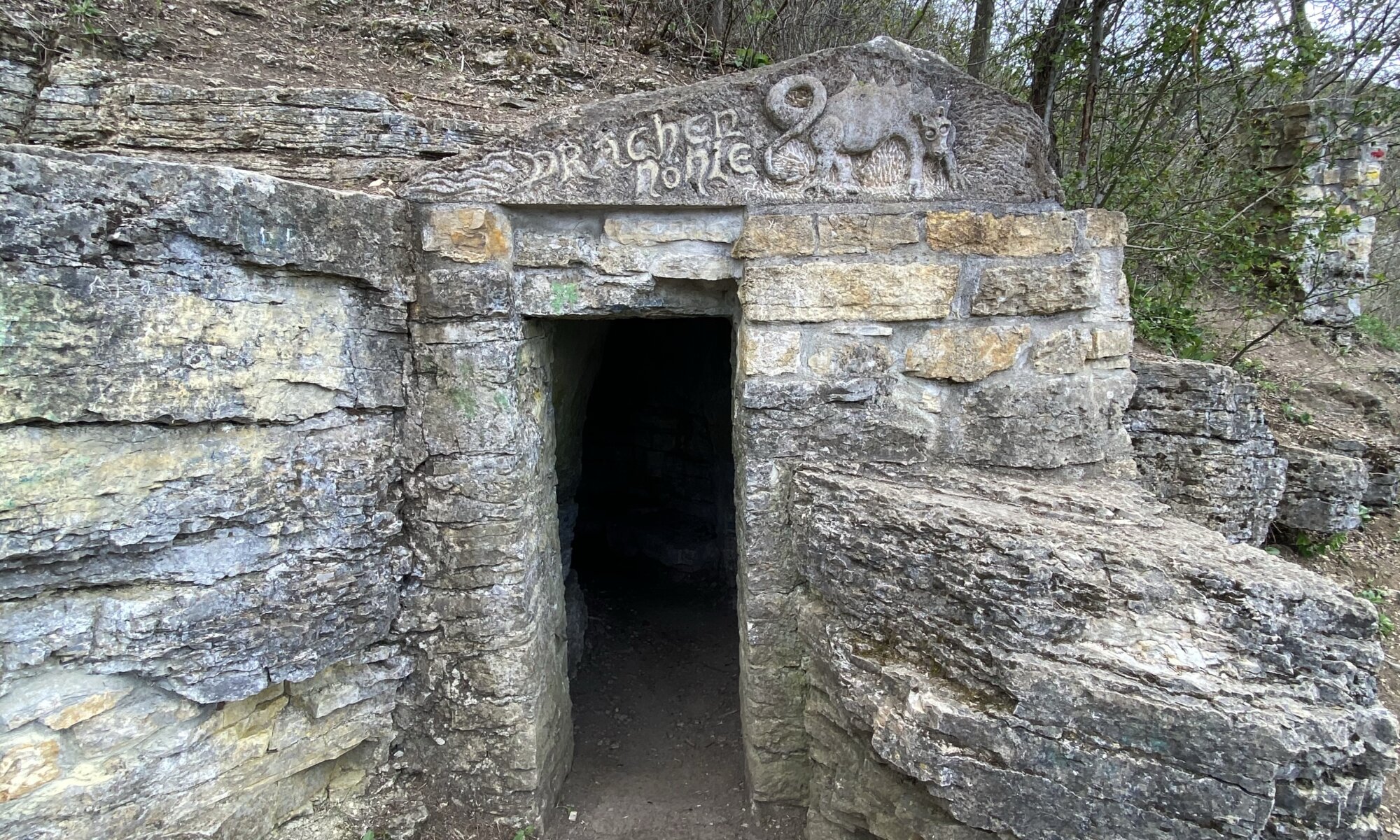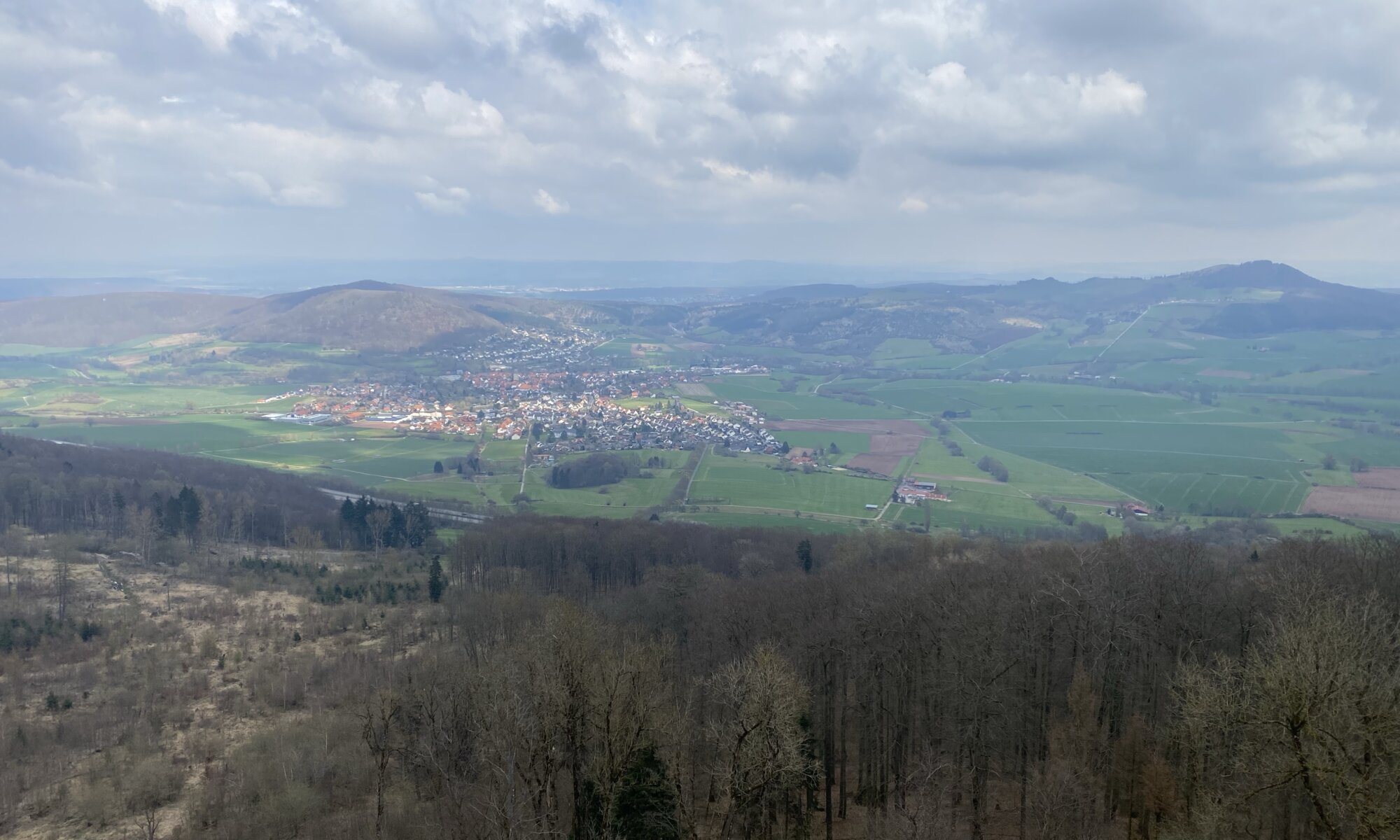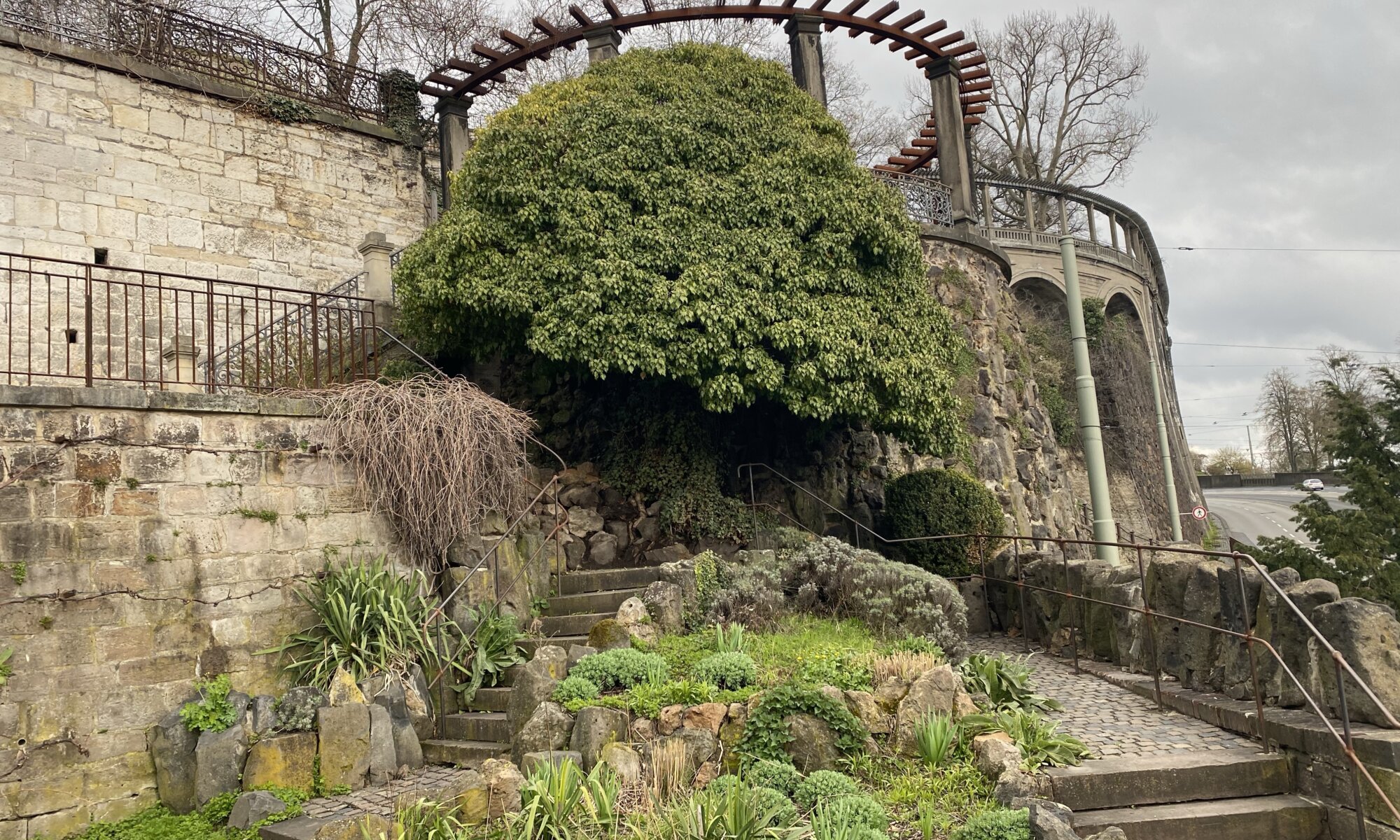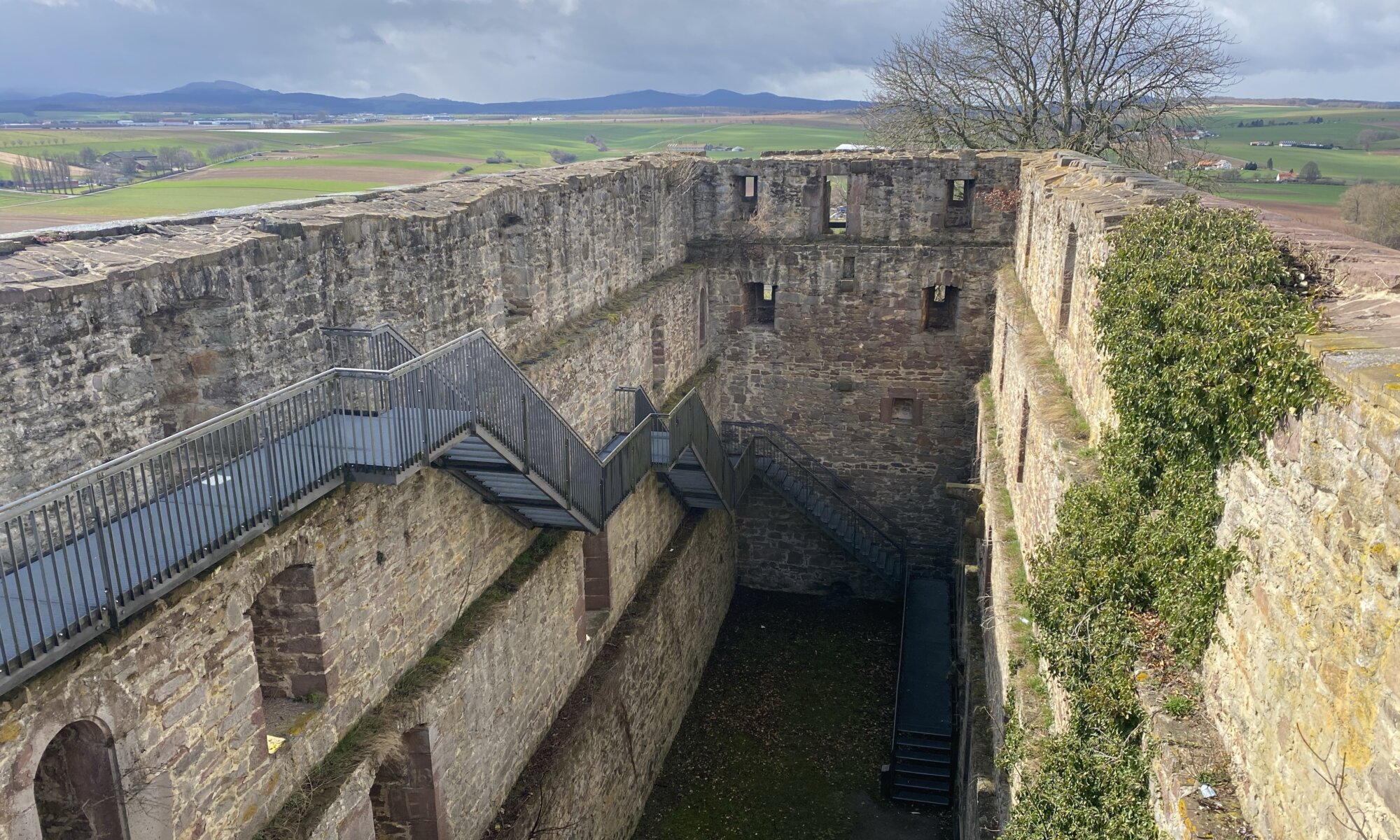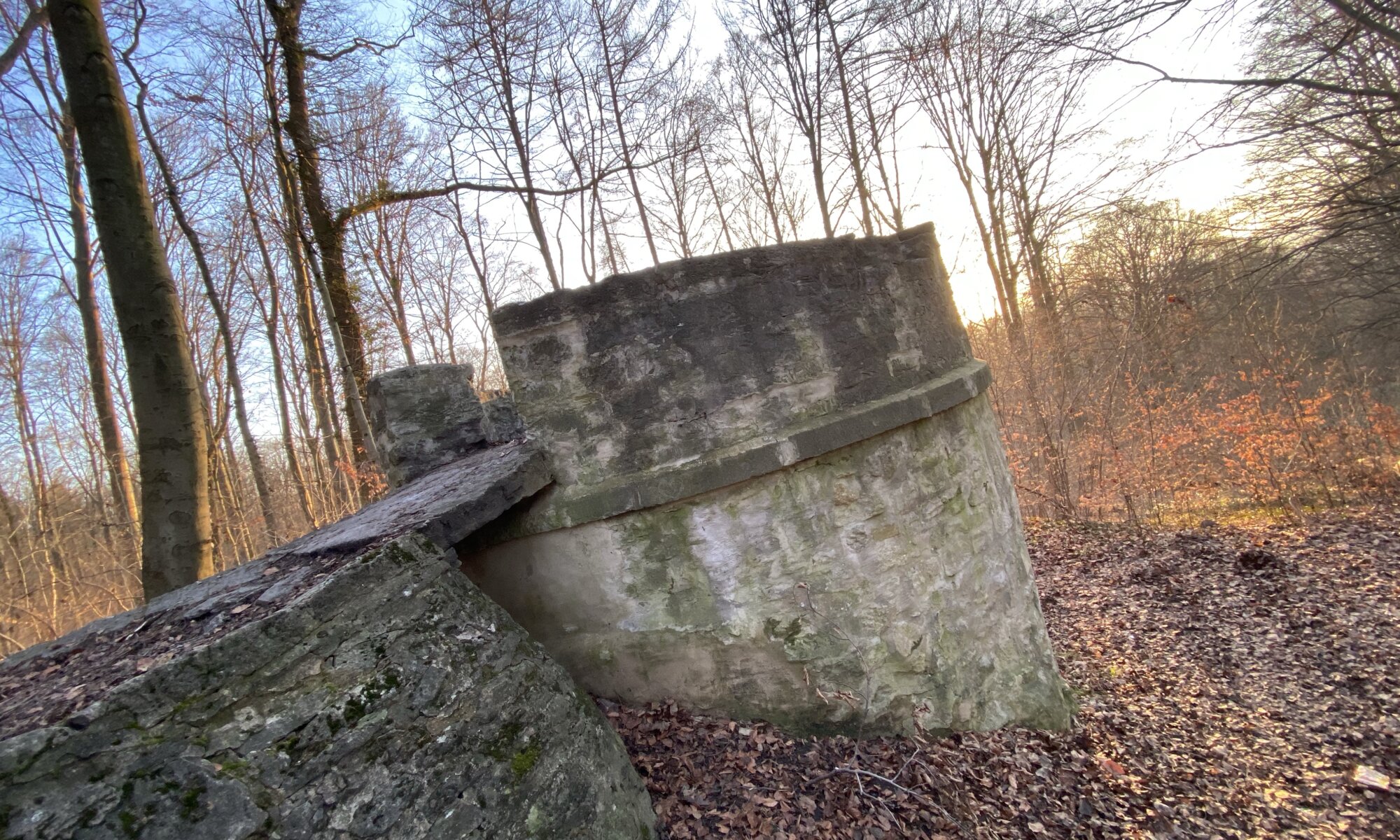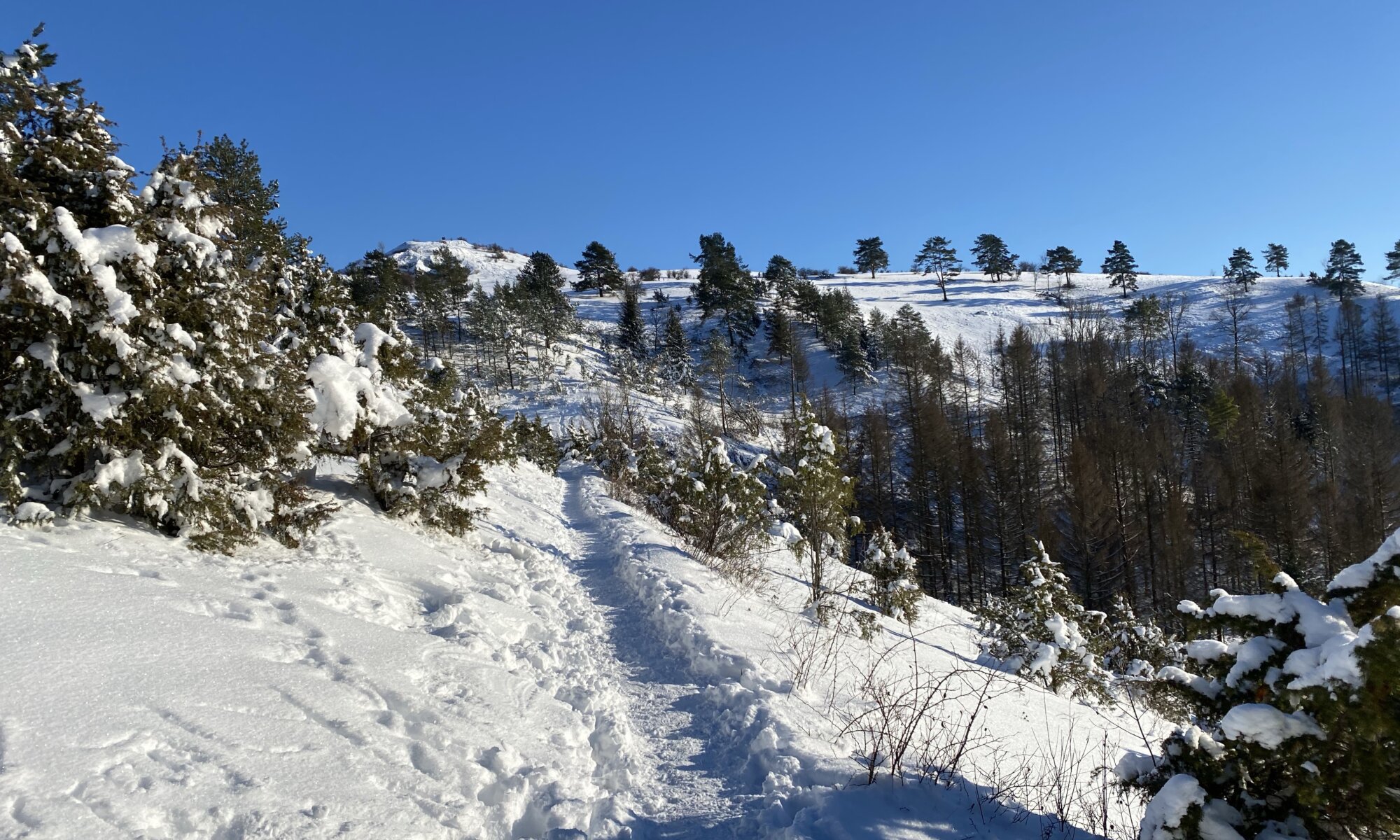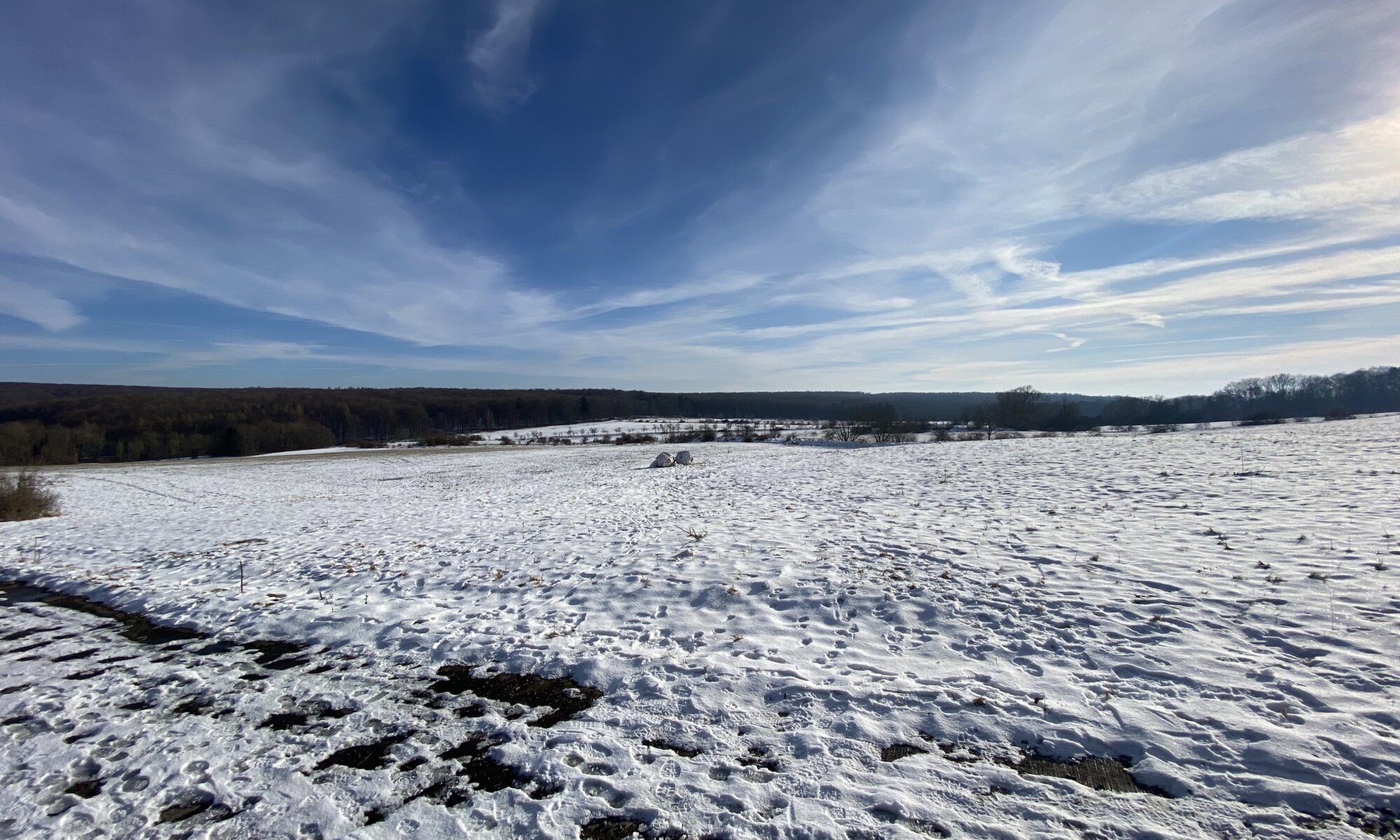Fields of wild garlic, two mountains, two castle ruins and amazing views – what does one need more for a nice excursion? If you’re in the mood for climbing a 432 meters high mountain duo and exploring ancient ruins – then make your way for the Gleichen at Gleichen, Germany.
Continue reading “Die Gleichen”Hurkutstein
The lower German verb ‘hurkuzen‘ meaning ‘to hide away‘ is very much unknown today – but it gave the name for a nice sandstone formation in the Reinhäuser Wald (Reinhausen forest) near Bremke belonging to Gleichen. Within the rock, you will find a man-made cave at a height of 3 meters in which you can climb via a wooden ladder. Hide for a while but afterwards don’t forget to explore the rest of the region.
Continue reading “Hurkutstein”Natural playground
Deep in the Reinhäuser Wald (Reinhausen forest), you can find the Jägersteine or Jägerstein (hunters stone), an impressive sandstone formation with different small caves to explore, passages to pass through and crevices to jump over. It’s a lovely hiking destination and a good place to just hang around and play a bit in nature.
Continue reading “Natural playground”Inside the dragon’s lair
What to do if you’ve got too much money and feel a little bit bored? Just build your own medieval castle! The former district administrator Ludwig von Buttlar ordered the reconstruction of the Wolfhagen castle on the Graner Berg (a mountain named after the former village called Gran) in 1910 – and he paid for it with money from his own pocket. Even today you can still visit the two towers standing next to an airfield for gliders.
Continue reading “Inside the dragon’s lair”Bärenbergturm
There are different good reasons to visit the area around Zierenberg, Germany. Most people know the Hoher Dörnberg and the Helfensteine, the Alpenpfad and maybe the Schreckenbergturm and the blue stones underneath. A rather seldomly visited place is the 600 meters high Großer Bärenberg (‘bear mountain’). Maybe you just know it when you pass on motorway A44 from the Ruhr area to Kassel – as there is a rest area named after the mountain.
Continue reading “Bärenbergturm”Weinbergterrassen
The Weinberg is a special place in Kassel, Germany – it is a little bit aside from the city centre and you would not simply see it by accident. On the other hand, it should be on the list of every visitor because on top you’ll find the Grimmwelt museum and the Sepulkralkultur museum which are both highly recommended. The limestone mountain itself has a long a changeful history: as the place where the Huguenots settled when fleeing from France, as a place for growing wine and people drinking lots of beer outdoor, as the home of factory-owning family Henschel and as the mountain containing the Weinbergbunker in which a lot of people survived air-raids and later illegal techno parties happened.
Continue reading “Weinbergterrassen”Burg Grebenstein
When you’re passing by the small town of Grebenstein, Germany, you will see a peculiar ruin on top of a hill. It is the ruin of castle Grebenstein but you wouldn’t directly recognize it as a castle as only the palas is still standing – the ruin therefore rather looks like a warehouse ruin with three floors. That it was once part of a castle you will understand once you reach the castle gate and the watchtower down the hill close to the city.
Continue reading “Burg Grebenstein”Eulenturm
The owls’ tower (or ‘Eulenturm‘) is a viewing platform on the Hainberg mountain of Göttingen, Germany. It can serve as a good target destination for a walk through Göttingen and it is special as most of the inhabitants of the city have been pretty close to it but haven’t seen it. When you’re at the upper end of the Schillerwiesen (a large recreational area in the East of the city) you just need to cross a road, pass the Kleiner Reinsbrunnen well and climb up the hill between two valleys (the ‘Lange Nacht‘ and the ‘Molkengrund‘) and you’ll immediately see the short tower.
Continue reading “Eulenturm”The Alps of northern Hesse
There are different nice places around Kassel, Germany, for a wonderful walk – but my most beloved path is currently the Alpenpfad at the Dörnberg mountain close to Zierenberg. For sure it is far away from the Alps but it is a beautiful narrow path which you can only do in single file. It leads you in loops through tiny valleys, through forests and nature there feels pretty unusual for the region.
Continue reading “The Alps of northern Hesse”Kerstlingeröder Feld
When I was living in Göttingen, Germany, I didn’t visit the forest belonging to the city – the Stadtwald – very often. It is a large forest in the East of the urban areas and it includes many nice places like the Bismarckturm or the Kehr with wild boars and deer. The reason not to go there was mostly that you have to climb steadily up the hill – but during the last decades the city grew steadily up the hill and the forest can now also easily be reached by bus.
Continue reading “Kerstlingeröder Feld”